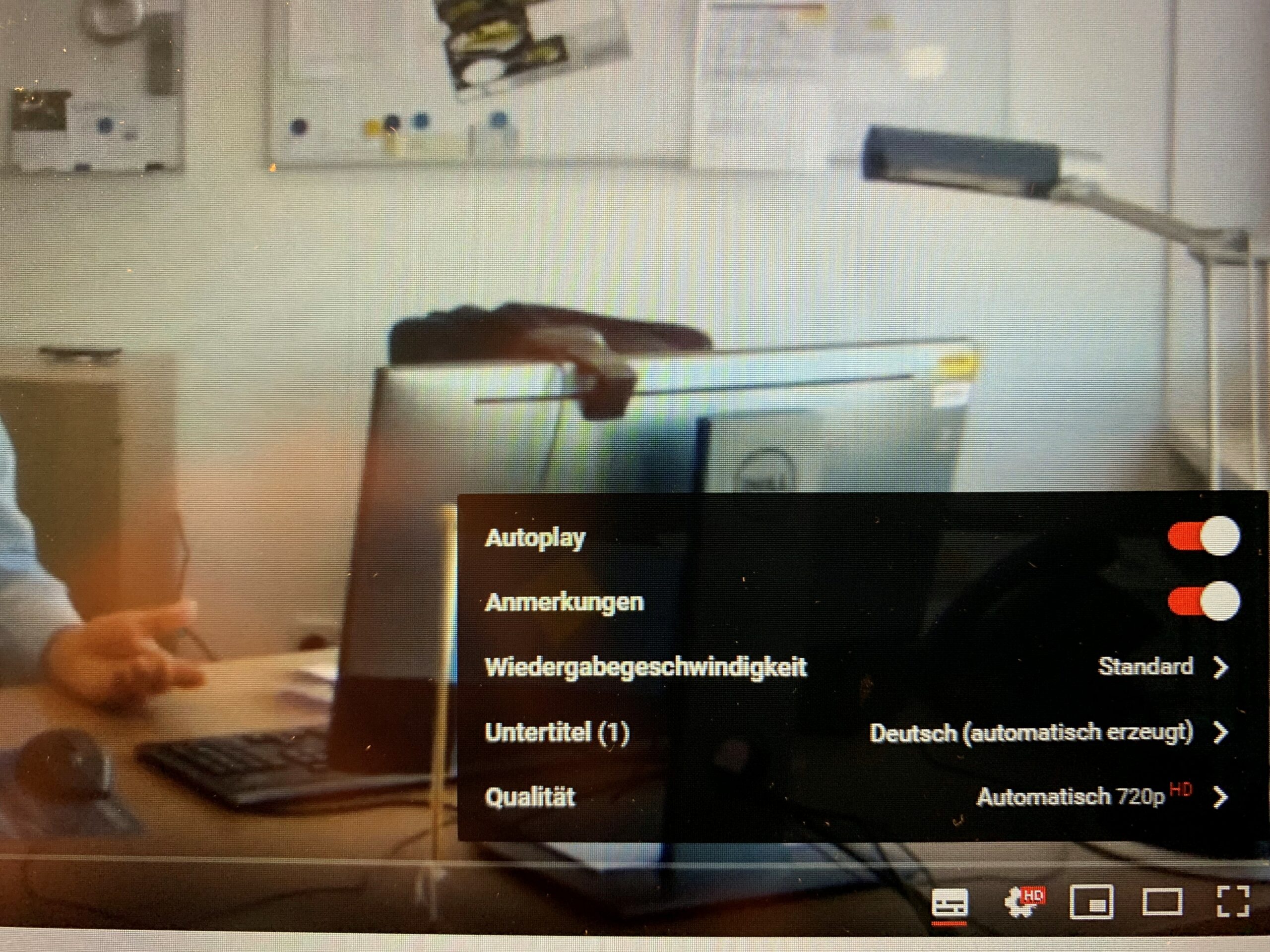Until the turn of the century, between 1850 and 1900, coal served almost exclusively as an energy supplier – with all its unpleasant side effects such as dirt and air pollution. The enormous potential of crude oil and natural gas was not exploited by industry until much later, when the construction of pipelines and shipping began to take off. From the 1920s onwards, natural gas and crude oil were seen as a ray of hope in this energy dilemma.
Due to some advantages over coal – no more tar, and no more ashes that make people and cities ill – crude oil became the most important energy raw material of all, and the gasometers gradually disappeared from the landscape. But where fossil fuels are used, the greenhouse gas carbon dioxide is produced. Double-bonded to two oxygen atoms, carbon has no energy left for new compounds.
Dr.-ing explains why chemistry still relies largely on crude oil and natural gas today, what alternatives there are and what advantages and disadvantages these have. Andreas Helget, managing director of Yokogawa Deutschland GmbH, in the fifth part of his column “To the point!”
This is now available for the first time in moving image format. Attention: The description of how to quickly activate the subtitle in your language can be found below the video.
ATTENTION: In order to display the English translation, please click on the left of the icons on the right side of the lower edge of the picture (picture 1). Then click on the icon next to it (gearwheel symbol, picture 2), click on “Subtitle”, then on “Automatically translate”. Then you can select the desired language and play the video.
2.
3.
4.


 2.
2.  3.
3.  4.
4. 


